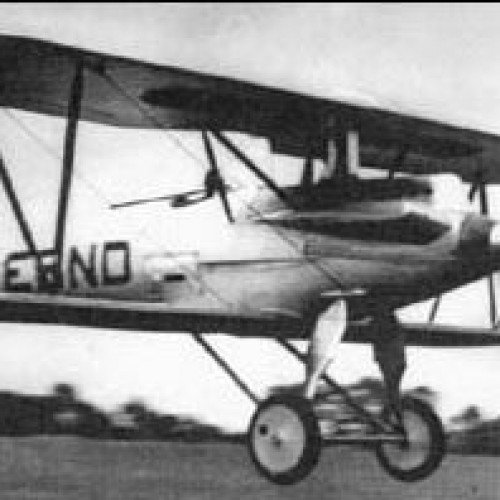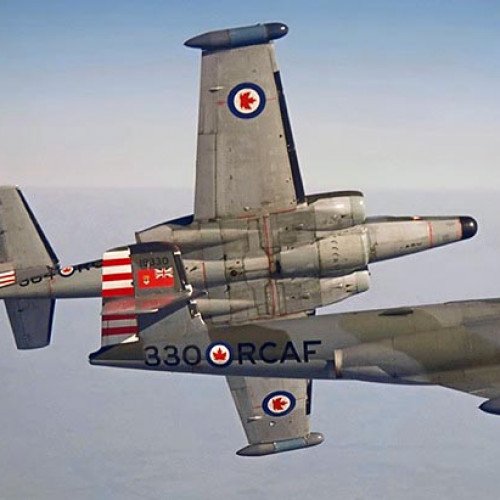Avro Avenger vs Avro Canada CF-100 Canuck

Avro Avenger
The Avro 566 Avenger was a prototype British fighter of the 1920s, designed and built by Avro. It was a single-seat, single-engine biplane of wood and fabric construction. Although it was a streamlined and advanced design, it never entered production.
Statistics for this Xoptio

Avro Canada CF-100 Canuck
The Avro Canada CF-100 Canuck (affectionately known as the "Clunk") is a Canadian twinjet interceptor/fighter designed and produced by aircraft manufacturer Avro Canada. It has the distinction of being the only Canadian-designed fighter to enter mass production. Work commenced during October 1946 in response to a Royal Canadian Air Force (RCAF) specification calling for a new jet-powered interceptor/fighter aircraft suitable for long-distance patrol missions and all-weather operations. On 19 January 1950, the CF-100 Mark 1 prototype, 18101, conducted its maiden flight, powered by a pair of Rolls-Royce Avon RA 3 turbojet engines. Both pre-production and production series aircraft were powered by the indigenously-developed Avro Orenda engine instead. Flight testing proved the CF-100 to possess a relatively short takeoff run and a high climb rate, making it well suited to its role as an interceptor. On 18 December 1952, Squadron Leader Janusz Żurakowski, the Avro company chief development test pilot, took the CF-100 Mk 4 prototype up to Mach 1.10 in a dive from 14,000 m (45,000 ft), making the type the first straight-winged jet aircraft to achieve controlled supersonic flight.The CF-100 principally served with the Royal Canadian Air Force and Canadian Armed Forces; it was also procured in small numbers by Belgium to equip the Belgian Air Component. Introduced during 1952 amid the Cold War, the CF-100 was typically deployed at both NATO bases in Europe and in North America as part of North American Aerospace Defense Command (NORAD). In addition to the type's use by frontline squadrons, it was also supplied to operational training units and frequently used for other secondary duties, including aerial reconnaissance and electronic warfare roles. During the early 1950s, the Avro Canada CF-103, an advanced derivative of the CF-100 that adopted a swept wing and was capable of transonic speeds, was in development, but was terminated. Further development of these concepts ultimately led to the Avro Canada CF-105 Arrow. During 1981, all of the remaining RCAF CF-100s were withdrawn from service, having been succeeded by newer fighters such as the McDonnell Douglas CF-18 Hornet.